
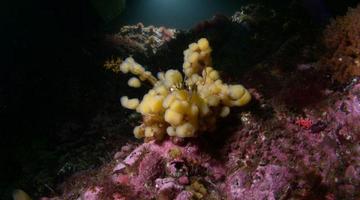
Many of New Zealand’s species are endemic – they are found nowhere else on Earth. This makes New Zealand’s biodiversity very special in the world. This includes marine biodiversity – for example ...
READ MORE

Professor Chris Battershill, the University of Waikato’s Chair in Coastal Science, is leading research to explore environmental toxicology in the Bay of Plenty. Rights: Bay of Plenty Polytechnic ...
READ MORE

A parasitic worm that naturally infects possums could be the key to controlling possum numbers in New Zealand. Join Supervader and participants from Wellington’s 2006 Kids’ Conference as they ...
READ MORE
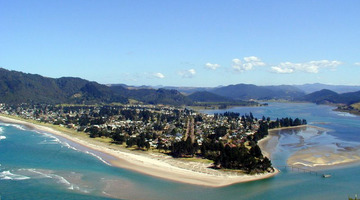
In this activity, students discuss how a variety of everyday objects can serve as metaphors for the important characteristics and functions of estuaries. By the end of this activity, students ...
READ MORE

In this activity, students take on the role of a stakeholder in New Zealand fisheries. In their role, they decide whether they agree or disagree with the statement ‘there are plenty of fish in ...
READ MORE
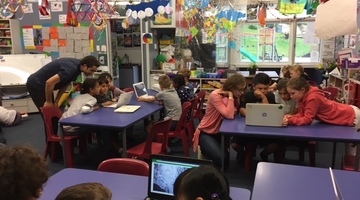
This unit plan shows how teacher Carol Brieseman used the online citizen science (OCS) project Identify New Zealand Animals to offer her students another way of developing their understanding ...
READ MORE
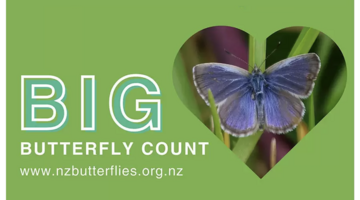
This New Zealand-based citizen science project collects data about butterflies in our gardens, schools, parks and farms – any location in the country or on the outer islands. This annual event – ...
READ MORE
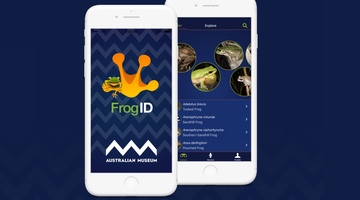
FrogID is an Australian app that uses audio of frogs’ unique calls to identify various species and their locations. We can use it in Aotearoa New Zealand to record the location of introduced ...
READ MORE

Be part of a worldwide movement and use Global Earth Challenge to submit or classify photos to help our planet’s environment and human health. Global Earth Challenge is a citizen science campaign ...
READ MORE
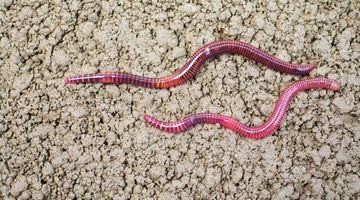
To most of us, one earthworm resembles another. Although earthworms do have common characteristics, species differ widely in their size, skin colour and in the roles they play in the soil ...
READ MORE
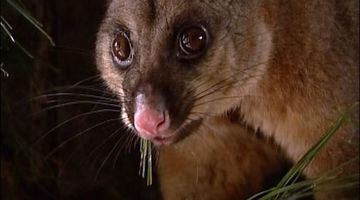
Students of any level develop a board game illustrating knowledge of New Zealand’s possum problem and the strategies used to control it – including biocontrol strategies. Purpose To demonstrate ...
READ MORE
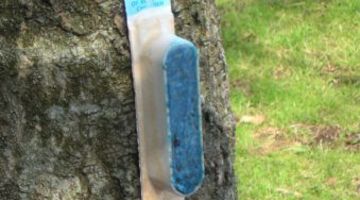
Students collect information from the public about methods of controlling possum numbers and then present a report on the use of biocontrol. Purpose Although the active biocontrol research ...
READ MORE
Immediately following the grounding of the Rena on the Astrolabe Reef, the Bay of Plenty Polytechnic and the University of Waikato formed a marine response team. This team surveyed local marine ...
READ MORE
Intermediate school students from Wellington discuss via video conference why possums are such a problem.
READ MORE
A range of different methods are used to control possums numbers, but each method has its drawbacks.
READ MORE
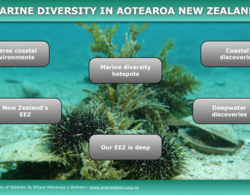
Aotearoa New Zealand is a hotspot for marine diversity.
READ MORE

This timeline explores the history and science of mammalian pest control in New Zealand. A full transcript is underneath the timeline.
READ MORE
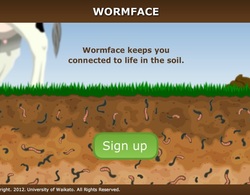
After students have researched an earthworm of their choice they can use this interactive to complete a Wormface profile for their earthworm. You will need the Adobe Flash Player to view this.
READ MORE